Physicists found a way to bring quantum simulations from supercomputers to laptops.


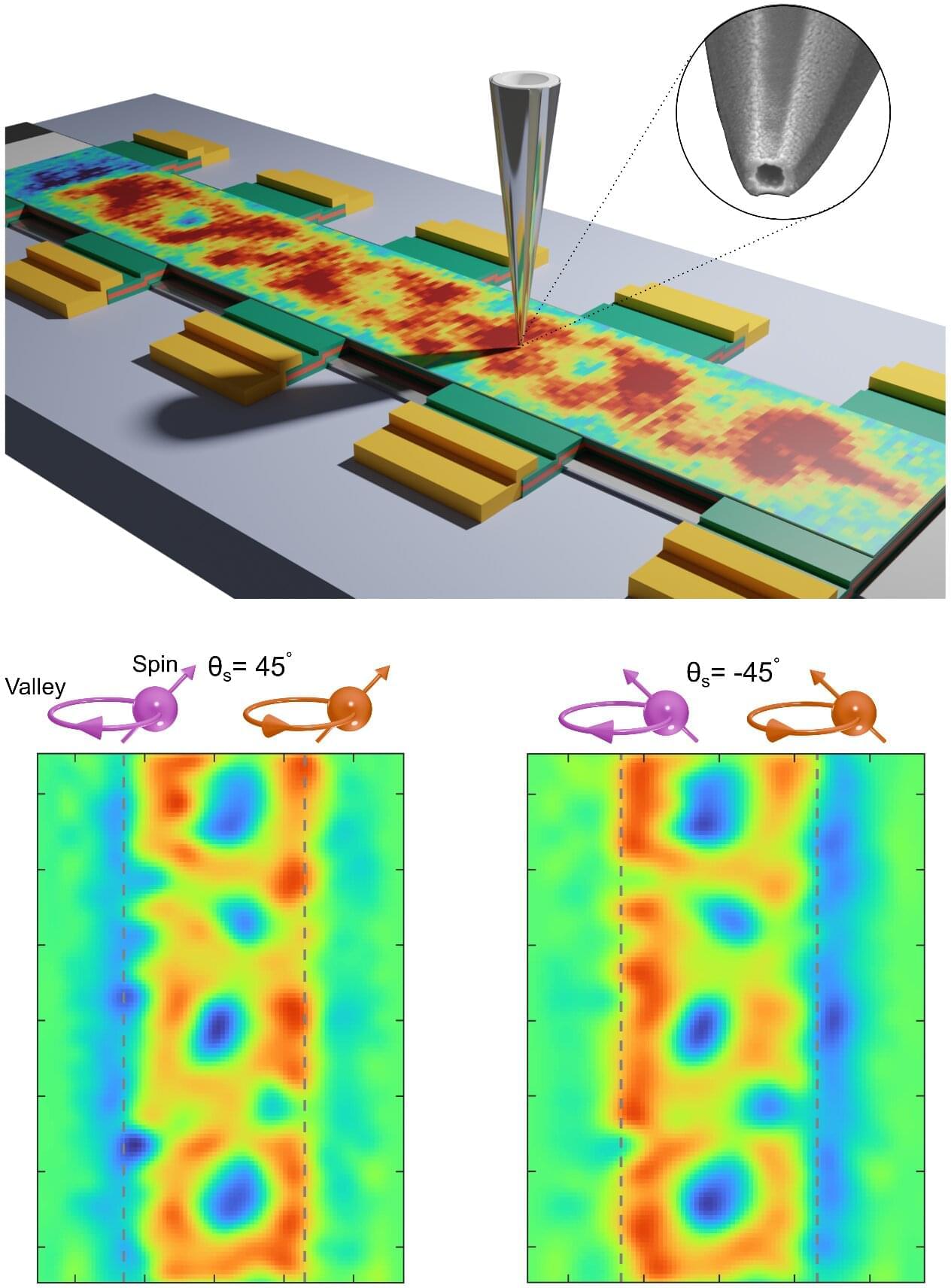
Graphene, which is comprised of a single layer of carbon atoms arranged in a hexagonal lattice, is a widely used material known for its advantageous electrical and mechanical properties. When graphene is stacked in a so-called rhombohedral (i.e., ABC) pattern, new electronic features are known to emerge, including a tunable band structure and a non-trivial topology.
Due to these emerging properties, electrons in rhombohedral graphene can behave as if they are being influenced by “hidden” magnetic fields, even if no magnetic field is applied to them. While this interesting effect is well-documented, closely studying how electrons organize themselves in the material, with their spins and valley states pointing in different directions, has so far proved challenging.
Researchers at Weizmann Institute of Science recently set out to further examine the local magnetization textures in rhombohedral graphene, using a nanoscale superconducting quantum interference device (nano-SQUID). Their paper, published in Nature Physics, offers new insight into the physical processes governing the correlated states previously observed in the material.
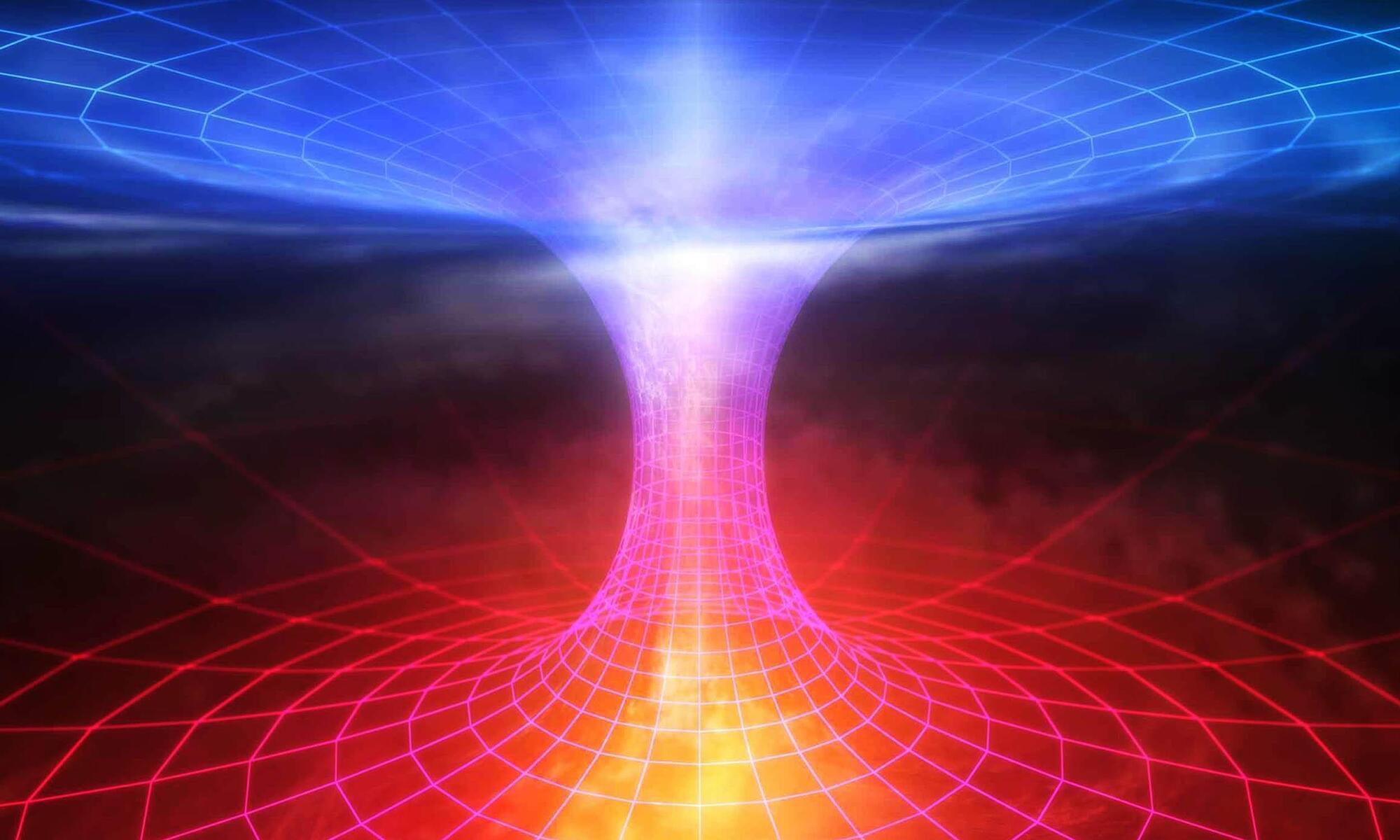
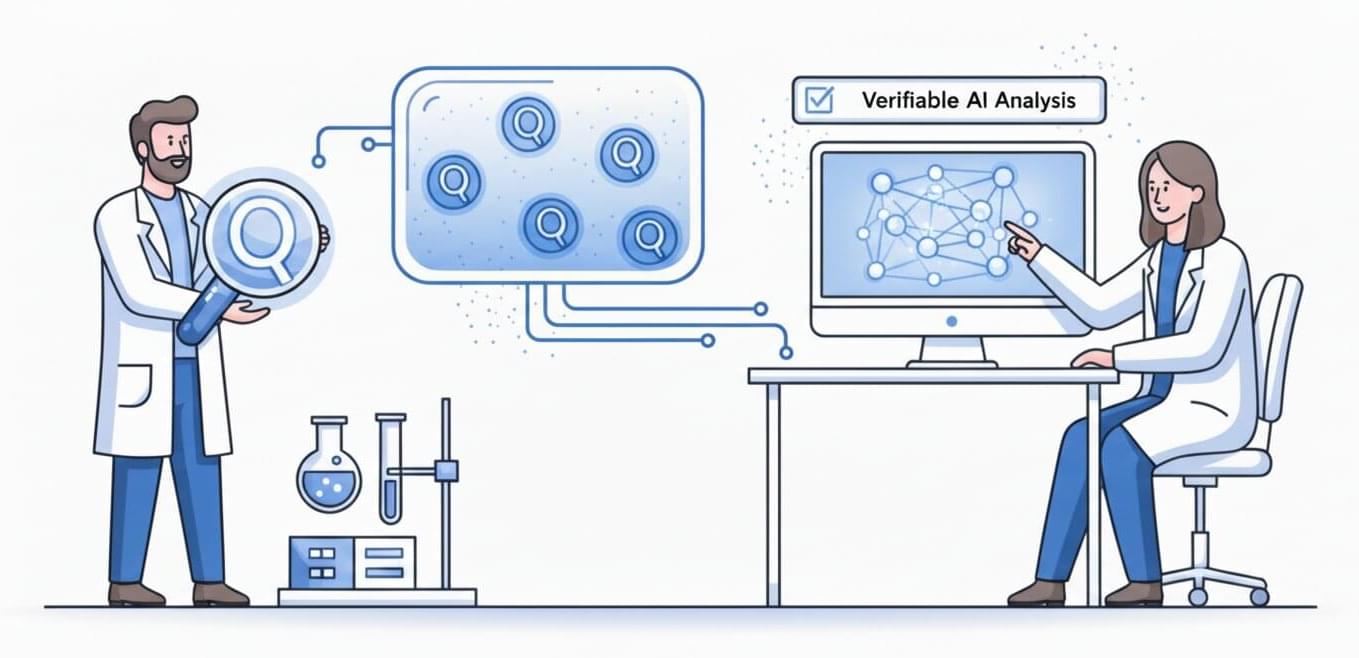
Quantum information systems, systems that process, store or transmit information leveraging quantum mechanical effects, could, in principle, outperform classical systems in some optimization, computational, sensing, and learning tasks. An important aspect of quantum information science is the reliable quantification of quantum states in a system, to verify that they match desired (i.e., target) states.

People tend to think of quantum materials—whose properties arise from quantum mechanical effects—as exotic curiosities. But some quantum materials have become a ubiquitous part of our computer hard drives, TV screens, and medical devices. Still, the vast majority of quantum materials never accomplish much outside of the lab.
What makes certain quantum materials commercial successes and others commercially irrelevant? If researchers knew, they could direct their efforts toward more promising materials—a big deal since they may spend years studying a single material.
Now, MIT researchers have developed a system for evaluating the scale-up potential of quantum materials. Their framework combines a material’s quantum behavior with its cost, supply chain resilience, environmental footprint, and other factors.
Can a child’s imagination alter the laws of physics? In this speculative science essay, we explore SCP-239, “The Witch Child” — a sleeping eight-year-old whose mind can reshape matter, rewrite probability, and collapse reality itself.
We examine how the SCP Foundation’s containment procedures—from telekill alloys to induced comas—reflect humanity’s struggle to contain a consciousness powerful enough to bend the universe. Through philosophy, ethics, and quantum speculation, this essay asks:
What happens when belief becomes a force of nature?
🎓 About the Series.
This video is part of our Speculative Science series, where we analyze anomalous phenomena through physics, cognitive science, and ethics.
📅 New speculative science videos every weekday at 6 PM PST / 9 PM EST.
🔔 Subscribe and turn on notifications to stay at the edge of what’s possible.
💬 Share your theories in the comments below:
Should SCP-239 remain asleep forever, or does humanity have a moral duty to understand her?
#SCP239 #SpeculativeScience #TheWitchChild #SCPFoundation #ScienceFiction #Philosophy #AIExplained #Ethics #SciFiEssay #LoreExplained
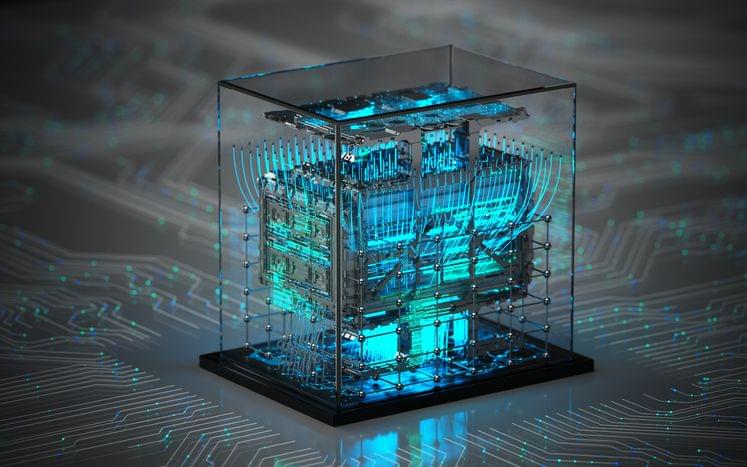

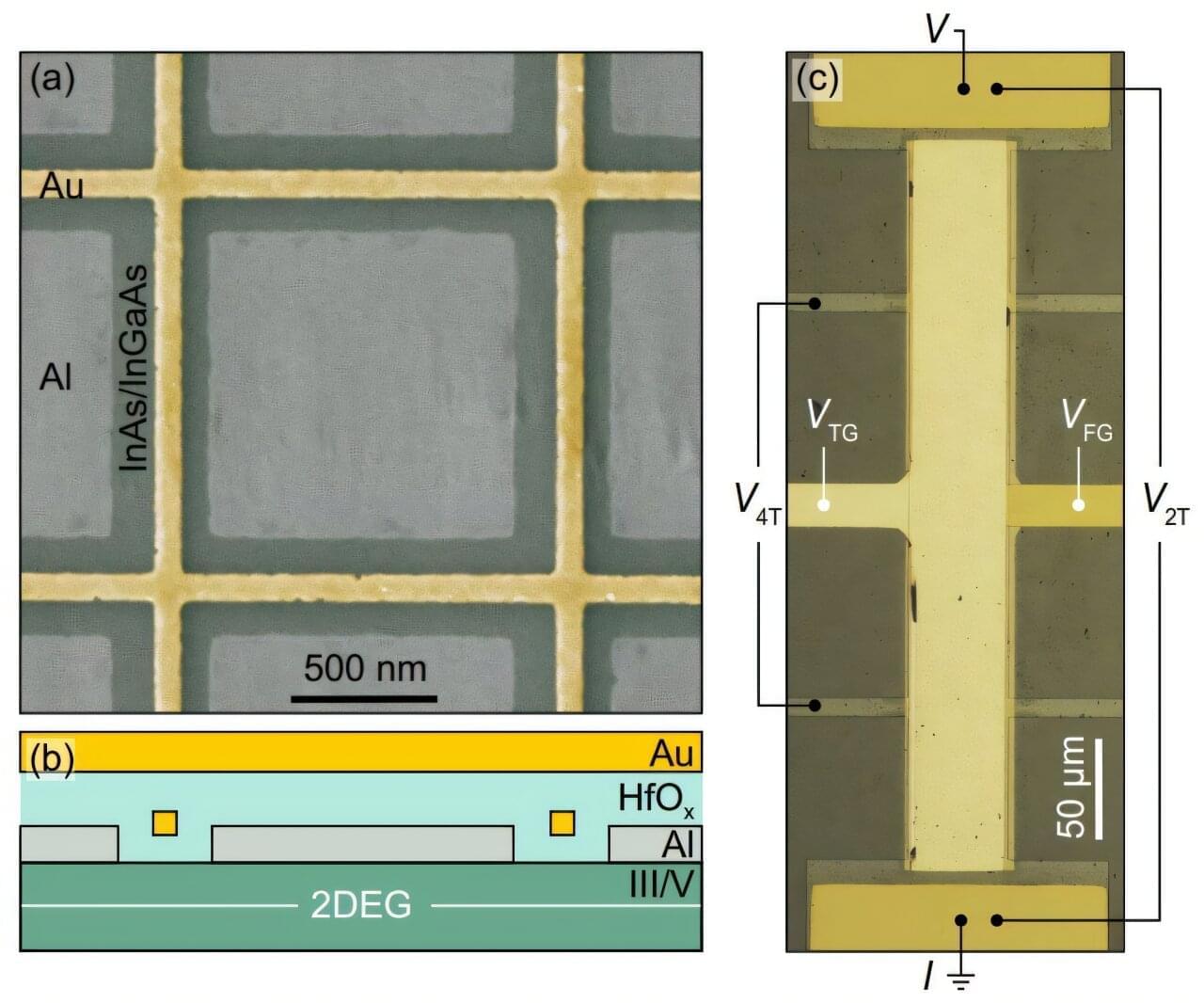
Researchers at the Niels Bohr Institute, University of Copenhagen, steered very thin conductors from superconductivity to insulation—creating an “impossible,” strange state between the two mutually exclusive states.
Materials research is absolutely crucial when dealing with quantum states. Whatever material is used as the basis for creating controllable quantum states, like if you want to build applications using quantum states for computing, sensing, or communication, the materials often define to what extent you can eliminate the ever-present noise that disturbs or even disrupts the desired “clean” quantum states or signals. It is an ongoing battle.
The team led by Saulius Vaitiekenas, associate professor at the Niels Bohr Institute, has succeeded in creating what is supposed to be an impossible intermediate state between superconductor = absolutely no resistance or loss of electrical connection—and total insulation = complete shut-off of the electrical signal.
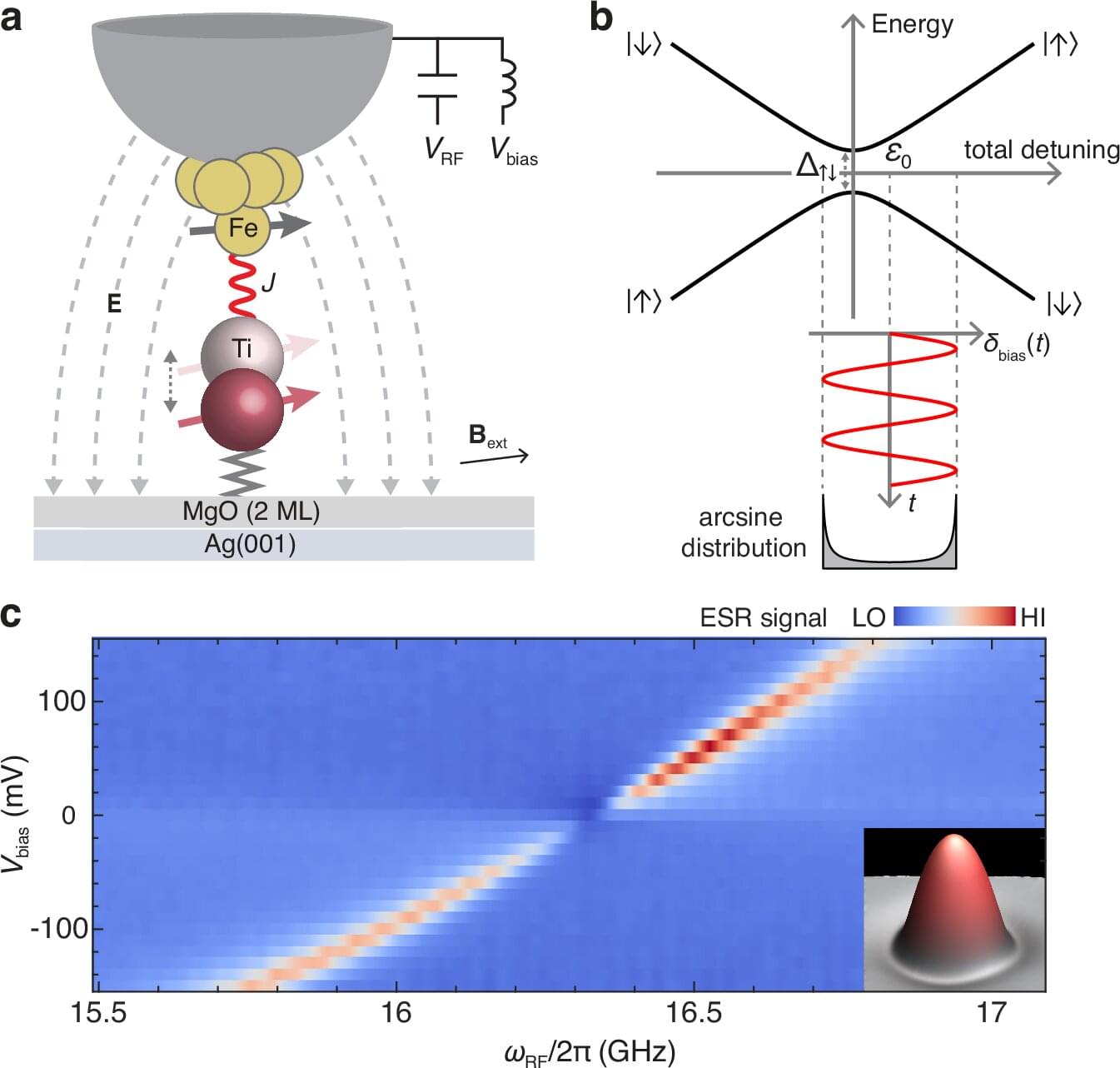
In a study published in Nature Communications, a research team demonstrates the all-electrical control of quantum interference in individual atomic spins on a surface.
Quantum interference arises when a system exists in a superposition of states, with relative phases producing constructive or destructive interference. An example is Landau-Zener-Stückelberg-Majorana (LZSM) interference, which arises when a quantum two-level system is repeatedly driven through an anticrossing in the energy-level diagram, and undergoes multiple nonadiabatic transitions.
This mechanism is a powerful tool for fast and reliable quantum control, but it remains a significant challenge to achieve tunable LZSM interference in an atomic-scale quantum architecture where multiple spins can be precisely assembled and controllably coupled on demand.